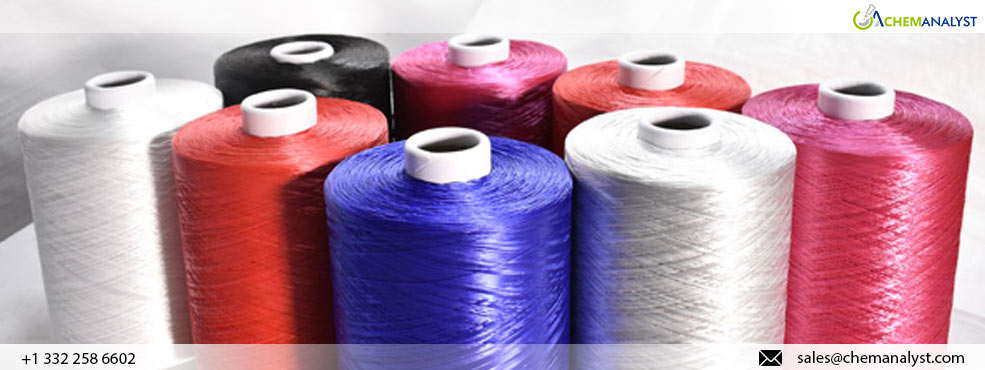PPFY Prices in Asian Market Rebound in June 2024 Following Previous Decline
- 08-Jul-2024 6:24 PM
- Journalist: Patrick Knight
The Asian market for Polypropylene Filament Yarn (PPFY) exhibited improvement in June 2024 following a downturn in the preceding month.
In June 2024, Asian PPFY prices rose especially In the Indian market, PPFY prices rebounded by approximately 1.5% during the month, largely driven by higher feedstock costs. Polypropylene prices in India saw a notable increase of 1.2%, influenced by limited imports of raw materials due to logistical challenges and rising freight rates. Additionally, fluctuations in international crude oil markets, including higher prices for West Texas Intermediate crude oil at USD 82.83 per barrel on June 28, 2024, up USD 1.12 from the previous week and USD 12.17 year-on-year, contributed to this trend. Lower US crude inventories, which decreased by 12.2 million barrels from the previous week to 448.5 million barrels, approximately 4% below the five-year average, also played a role. Moreover, the Asian PPFY market is experiencing steady growth, driven mainly by the expanding textile industry downstream. PPFY prices have shown consistent increases as demand remains up, prompting end-users to ensure steady supplies for their manufacturing operations. This interaction of supply and demand dynamics continues to bolster the upward trajectory of PPFY prices.
In contrast, the previous month saw notably lower PPFY prices in the Asian market. In India, PPFY prices decreased by about 4.7% compared to the previous month. This decline in Indian PPFY prices is attributed to increased inexpensive imports from the international market, compounded by reduced international PPFY exports due to marine logistics constraints.
The surge of inexpensive yarn imports from China has had a profound impact on India's market, resulting in price declines and placing significant pressure on domestic manufacturers. Chinese suppliers are selling PPFY at nearly half the price, substantially undercutting local producers and reducing demand for Indian cotton PPFY. To stay competitive, Indian manufacturers are forced to blend their products, which adds complexity to their operational plans. In reaction, industry leaders are calling for strict restrictions on Chinese imports to protect the interests of local producers and stabilize the PPFY market.
Moreover, the decline in prices is also linked to reduced international exports during this period amid disruptions in ocean logistics. Indian exporters are facing severe shortages of containers and shipping capacity due to Chinese exporters rushing shipments ahead of upcoming US tariffs effective August 1. A recent review chaired by Commerce Minister Piyush Goyal highlighted concerns over port congestion worsened by the Red Sea crisis. The US tariff increase on Chinese imports, spanning electric vehicles and semiconductors, has exacerbated global shipping challenges, pushing port congestion to an 18-month high. Exporters also noted increasing non-tariff barriers such as the EU's Carbon Border Adjustment Mechanism and regulatory complexities. They advocated for policy measures, including extending the interest equalization scheme to mitigate the impact of high interest rates on exports.
In conclusion, analysts predict that PPFY prices in the Asian market, particularly in India, are likely to remain high in July H1. This is due to an improvement in the domestic textile sector and a surge in international orders, despite ongoing logistics constraints.



